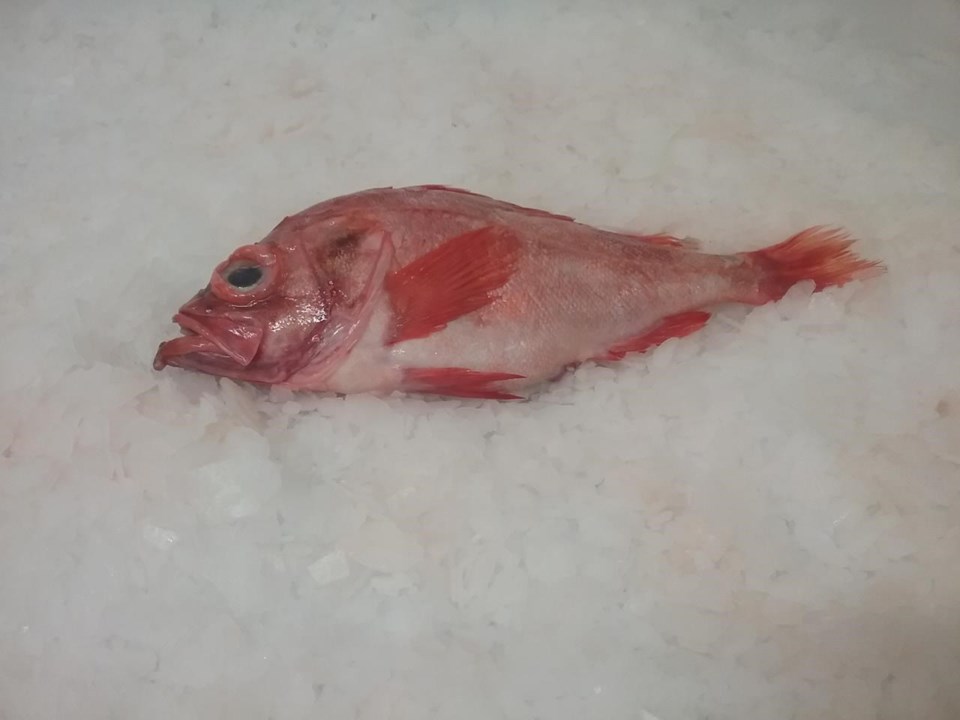HALIFAX — Ottawa’s lifting of a decades-long moratorium on the redfish fishery has left Atlantic Canada’s offshore fleet wondering what the ramifications will be for the large-boat operations that helped develop the fishery.
In an interview Tuesday, Sylvie Lapointe, president of the Atlantic Groundfish Council, said the offshore fleet's 59-per-cent share of the 2024 quota represents a significant cut from past levels.
“Any time historical shares are adjusted, that can be quite destabilizing from an investment perspective,” said Lapointe. “Is it devastating? No, but disappointing for sure."
The council said its members have already invested nearly $100 million in vessels and equipment in preparation for the reopening of the commercial fishery.
Fisheries Minister Diane Lebouthillier announced Friday that the moratorium put in place in 1995 would end this year, with an initial overall catch quota of at least 25,000 tonnes for an area of the Gulf of St. Lawrence, known as Unit 1. The area stretches from the western coast of Newfoundland across to Quebec’s Gaspé Peninsula and down toward the northern tip of Cape Breton.
Lapointe said offshore fishers remain ready to work with Indigenous fishers and shrimp harvesters who were each given 10 per cent of the redfish allocation. The allocation to shrimp fishers is to help them deal with a significant decrease in the northern shrimp quota in 2024.
“We’ve said that we are happy to work with these inshore harvesters to make sure we can work together to make this a go and make this sustainable,” said Lapointe.
But she said the industry still needs more information on how the fishery will be managed and a more accurate breakdown of provincial quota allocations to help determine how to proceed.
According to estimates released by the federal Fisheries Department, Nova Scotia will receive 33 per cent of the redfish quota allocation, while Quebec will get 32 per cent, Newfoundland and Labrador 19 per cent, New Brunswick 11 per cent and P.E.I. five per cent.
Lapointe said there are also questions around how the fishery will account for bycatch — the amount of unwanted fish species or other sea creatures that are caught during commercial fishing — and around what kind of observer coverage will be needed to monitor the catch.
Lapointe said an industry-government redfish advisory committee is set to meet Friday to discuss what the total allowable catch should be for this season, while another committee meeting is scheduled for March to discuss details around future measures for the fishery.
“It’s all a bit uncertain right now,” she said.
In last week’s federal announcement, Lebouthillier said the restart of the fishery would be done over two phases. The first two-year phase would allow fishers time to gather data and develop new markets while building capacity. The second would look at establishing a long-term plan.
This report by The Canadian Press was first published Jan. 30, 2024.
Keith Doucette, The Canadian Press




